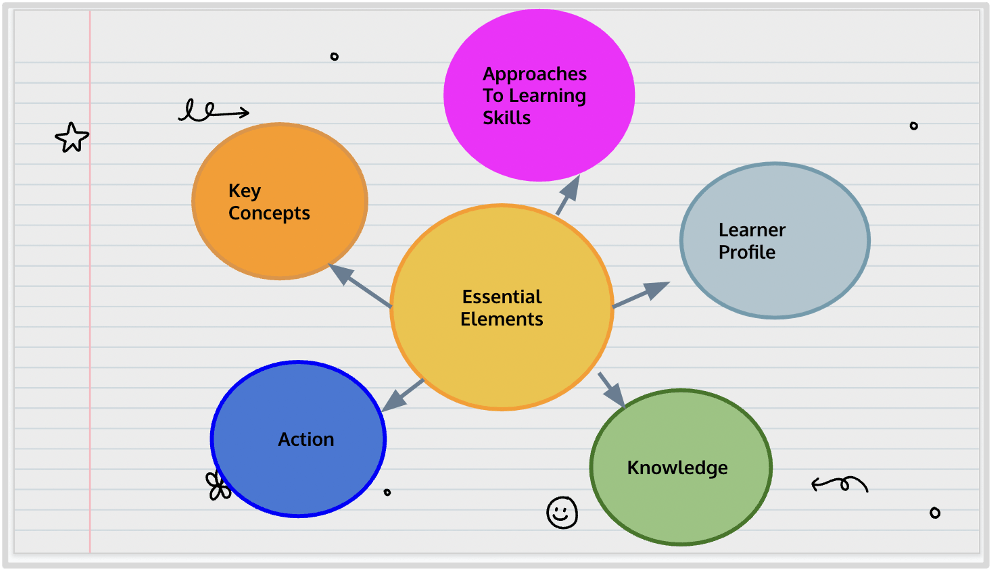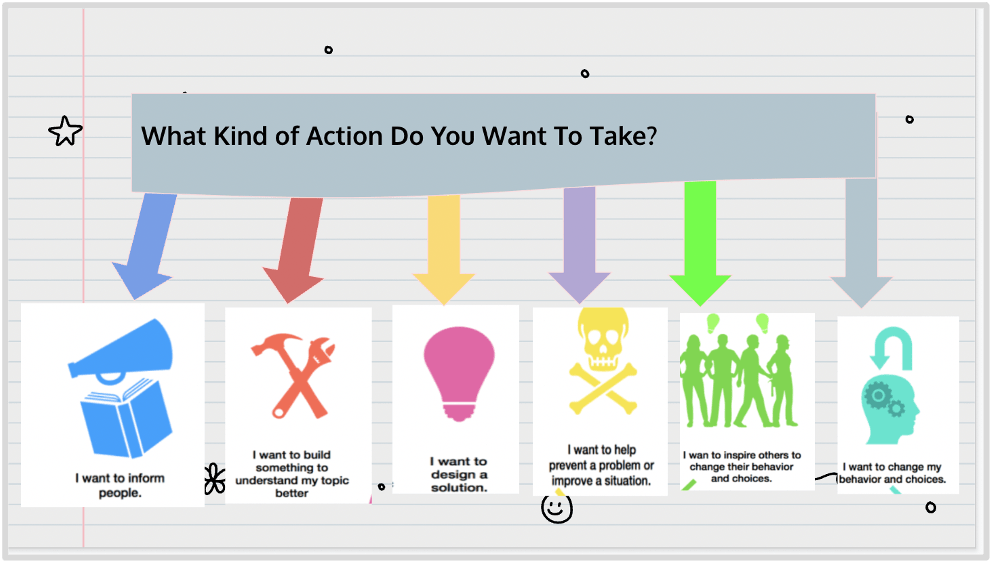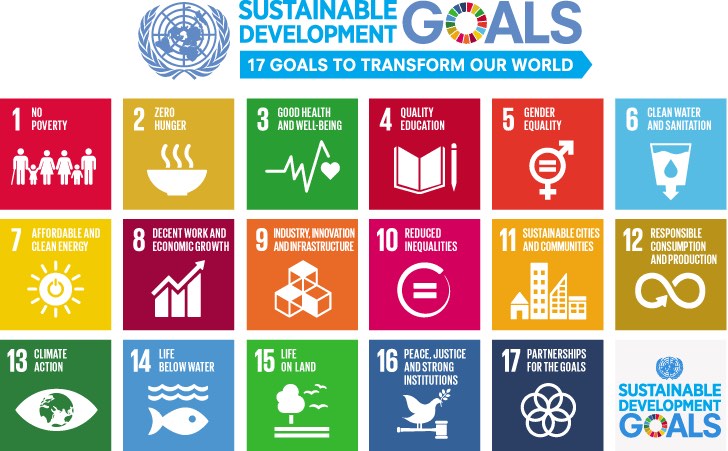IB: Service as Action
Get the most out of the IB's foundational element Service as Action with these actionable ideas.


Get the most out of the IB's foundational element Service as Action with these actionable ideas.
The International Baccaulearette Primary Years Program contains five key components which are Learner Profile, Knowledge, Key Concepts, Approaches to Learning Skills also referred to as ATLS, and Action. These key elements are important and should be included during the planning and implementation of the IB curriculum.
In my last article, I focused on the Approaches to learning Skills and how they assist students to learn. In this article, I will be coming in on Action. Meaningful service can manifest itself in different ways depending on the context of the school.
This could be an authenticated community project where the student volunteers to do something purposeful in the local area. Outside of the core curriculum, there may be opportunities to do something meaningful within the school community. Service activities come in all sorts of shapes and sizes and this blog is designed to help you, the teacher, think about the purpose of service as action.
The IB mission seeks to develop students that are inquiring, knowledgeable, and caring and who have been involved in exploring ways of creating and peaceful world through learning that develops intercultural understanding and respect for one's culture and others.
Action is an integral part of the Primary Years Programme (PYP) as it provides students an opportunity to make a significant contribution to their local and global communities. It is a vital organ of agency and offers learners the ability to identify issues that exist and not only make a meaningful contribution to the world around them but also be change-makers.
To this end, students are encouraged to reflect and to make informed choices with the intention of taking action that will local, national, and global communities. Action should be student-initiated and provoked by a concept that students have engaged with or researched. Through action, students develop a deeper understanding of issues and seek ways of bringing positive change either individually or collaboratively.
For students to take action, it is vital that they are provided with opportunities to research so that they can explore various issues. Teachers should assist students in making meaningful connections with the real world. When students have a personalized connection to an issue they are likely to examine ways to make a difference in the world. Students should be given sufficient time to inquire into a phenomenon so that they could personalize the action they take, and understand that it is not just a mandate to complete a task but a lifelong mindset or commitment to themselves and others.
The learner Profile is one way of encouraging students to be active change-makers and demonstrate their commitment to service as they explore traits that students should be adopted during the process. For example, students should be open-minded and caring as they are expected to inquire into issues that may not necessarily have a direct impact on their immediate lives.
Taking action can happen at any age and students even in their Early Years should be encouraged to “look out of the window”. The learning community should support students to explore ways that they could use their knowledge and skills to bring change to their communities. Teachers should therefore provide scaffolded learning experiences so that students could gain and develop the skills incrementally. For example, students should be taught how to collaborate with others and how to use their critical skills to solve challenges.

Students can use various forms to take action and this includes:
Participation- which means that they are collaborating with others to explore solutions.
Advocacy – this requires mobilizing others with similar interests such as action to support social/environmental/political change
Social justice – this may include talks or presentations on matters that are related to rights, equality, diversity and inclusion, social well-being, and justice
Social entrepreneurship –providing opportunities for innovative, resourceful, and sustainable social change
lifestyle choices – reflective action that translates to informed choices and an improved change of lifestyle.
What Kind of Action Do You Want To Take?

The PYP exhibition also referred to as PYPx is the culminating, collaborative experience in the student's final year of the IB Primary Years Programme. Students are provided with opportunities to explore their passions, and identify issues around the world or globally as they collaborate with other students to document and share their understanding of an issue or opportunity that is of personal significance. Students create ways of sharing their learning with their parents and the wider community.
Students' understanding of sustainable development goals (Sustainable goals) is one way that students can work toward being responsible change makers. The Sustainable Development Goals (SDGs), also referred to as the Global Goals, were created by the United Nations in 2015. They act as a universal call to take action to end phenomena such as poverty, protect the planet, and aim that all people achieve and enjoy peace and prosperity.
As students become more aware of the key tenets of Service and Action, the seven outcomes that students work towards are:

Service as Action in the International Baccalaureate (IB) program is a crucial component that extends learning beyond classroom walls. It encourages students to engage in principled action and make a positive difference in their communities. Below are seven practical ideas to help teachers facilitate Service as Action in their schools, promoting opportunities for student involvement and meaningful action experiences.
By implementing these ideas, teachers can create a vibrant environment that fosters service as action, encourages student reflection, and provides ample opportunities for student involvement. This not only enhances the educational experience but also cultivates a sense of responsibility and community spirit among students.
Reference:
https://guide.fariaedu.com/action/
International Baccaulearette Organization. (2019). Teaching and Learning 2019. I
International Journal of Learning and Teaching, 11(1).
The International Baccaulearette Primary Years Program contains five key components which are Learner Profile, Knowledge, Key Concepts, Approaches to Learning Skills also referred to as ATLS, and Action. These key elements are important and should be included during the planning and implementation of the IB curriculum.
In my last article, I focused on the Approaches to learning Skills and how they assist students to learn. In this article, I will be coming in on Action. Meaningful service can manifest itself in different ways depending on the context of the school.
This could be an authenticated community project where the student volunteers to do something purposeful in the local area. Outside of the core curriculum, there may be opportunities to do something meaningful within the school community. Service activities come in all sorts of shapes and sizes and this blog is designed to help you, the teacher, think about the purpose of service as action.
The IB mission seeks to develop students that are inquiring, knowledgeable, and caring and who have been involved in exploring ways of creating and peaceful world through learning that develops intercultural understanding and respect for one's culture and others.
Action is an integral part of the Primary Years Programme (PYP) as it provides students an opportunity to make a significant contribution to their local and global communities. It is a vital organ of agency and offers learners the ability to identify issues that exist and not only make a meaningful contribution to the world around them but also be change-makers.
To this end, students are encouraged to reflect and to make informed choices with the intention of taking action that will local, national, and global communities. Action should be student-initiated and provoked by a concept that students have engaged with or researched. Through action, students develop a deeper understanding of issues and seek ways of bringing positive change either individually or collaboratively.
For students to take action, it is vital that they are provided with opportunities to research so that they can explore various issues. Teachers should assist students in making meaningful connections with the real world. When students have a personalized connection to an issue they are likely to examine ways to make a difference in the world. Students should be given sufficient time to inquire into a phenomenon so that they could personalize the action they take, and understand that it is not just a mandate to complete a task but a lifelong mindset or commitment to themselves and others.
The learner Profile is one way of encouraging students to be active change-makers and demonstrate their commitment to service as they explore traits that students should be adopted during the process. For example, students should be open-minded and caring as they are expected to inquire into issues that may not necessarily have a direct impact on their immediate lives.
Taking action can happen at any age and students even in their Early Years should be encouraged to “look out of the window”. The learning community should support students to explore ways that they could use their knowledge and skills to bring change to their communities. Teachers should therefore provide scaffolded learning experiences so that students could gain and develop the skills incrementally. For example, students should be taught how to collaborate with others and how to use their critical skills to solve challenges.

Students can use various forms to take action and this includes:
Participation- which means that they are collaborating with others to explore solutions.
Advocacy – this requires mobilizing others with similar interests such as action to support social/environmental/political change
Social justice – this may include talks or presentations on matters that are related to rights, equality, diversity and inclusion, social well-being, and justice
Social entrepreneurship –providing opportunities for innovative, resourceful, and sustainable social change
lifestyle choices – reflective action that translates to informed choices and an improved change of lifestyle.
What Kind of Action Do You Want To Take?

The PYP exhibition also referred to as PYPx is the culminating, collaborative experience in the student's final year of the IB Primary Years Programme. Students are provided with opportunities to explore their passions, and identify issues around the world or globally as they collaborate with other students to document and share their understanding of an issue or opportunity that is of personal significance. Students create ways of sharing their learning with their parents and the wider community.
Students' understanding of sustainable development goals (Sustainable goals) is one way that students can work toward being responsible change makers. The Sustainable Development Goals (SDGs), also referred to as the Global Goals, were created by the United Nations in 2015. They act as a universal call to take action to end phenomena such as poverty, protect the planet, and aim that all people achieve and enjoy peace and prosperity.
As students become more aware of the key tenets of Service and Action, the seven outcomes that students work towards are:

Service as Action in the International Baccalaureate (IB) program is a crucial component that extends learning beyond classroom walls. It encourages students to engage in principled action and make a positive difference in their communities. Below are seven practical ideas to help teachers facilitate Service as Action in their schools, promoting opportunities for student involvement and meaningful action experiences.
By implementing these ideas, teachers can create a vibrant environment that fosters service as action, encourages student reflection, and provides ample opportunities for student involvement. This not only enhances the educational experience but also cultivates a sense of responsibility and community spirit among students.
Reference:
https://guide.fariaedu.com/action/
International Baccaulearette Organization. (2019). Teaching and Learning 2019. I
International Journal of Learning and Teaching, 11(1).